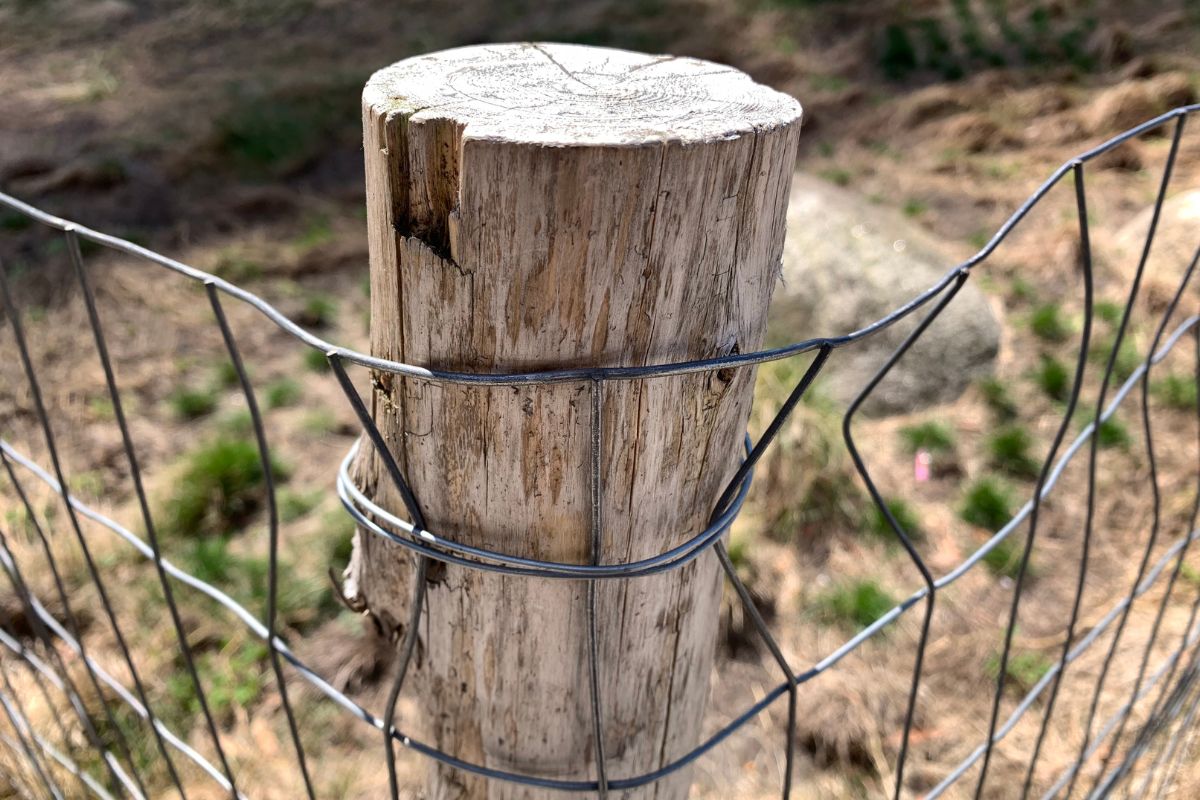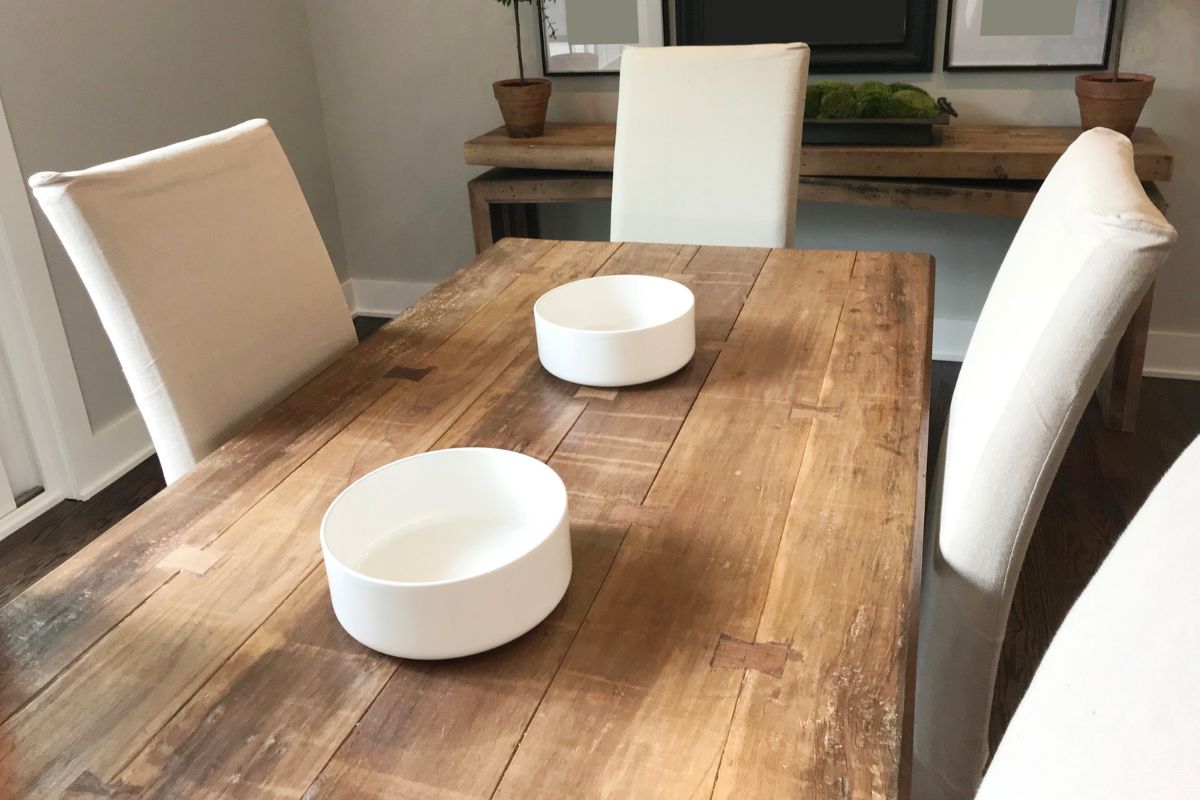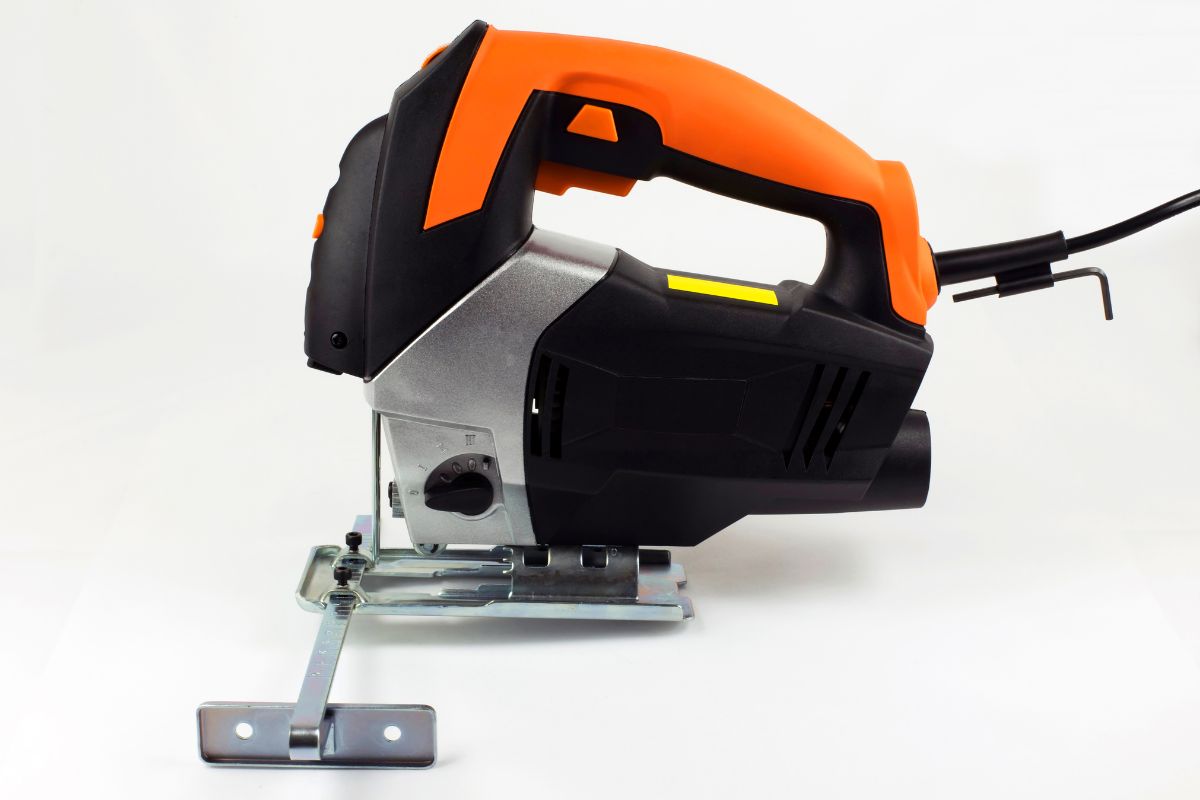Woodworking is a well-liked hobby that can be appreciated equally by novices and seasoned professionals.
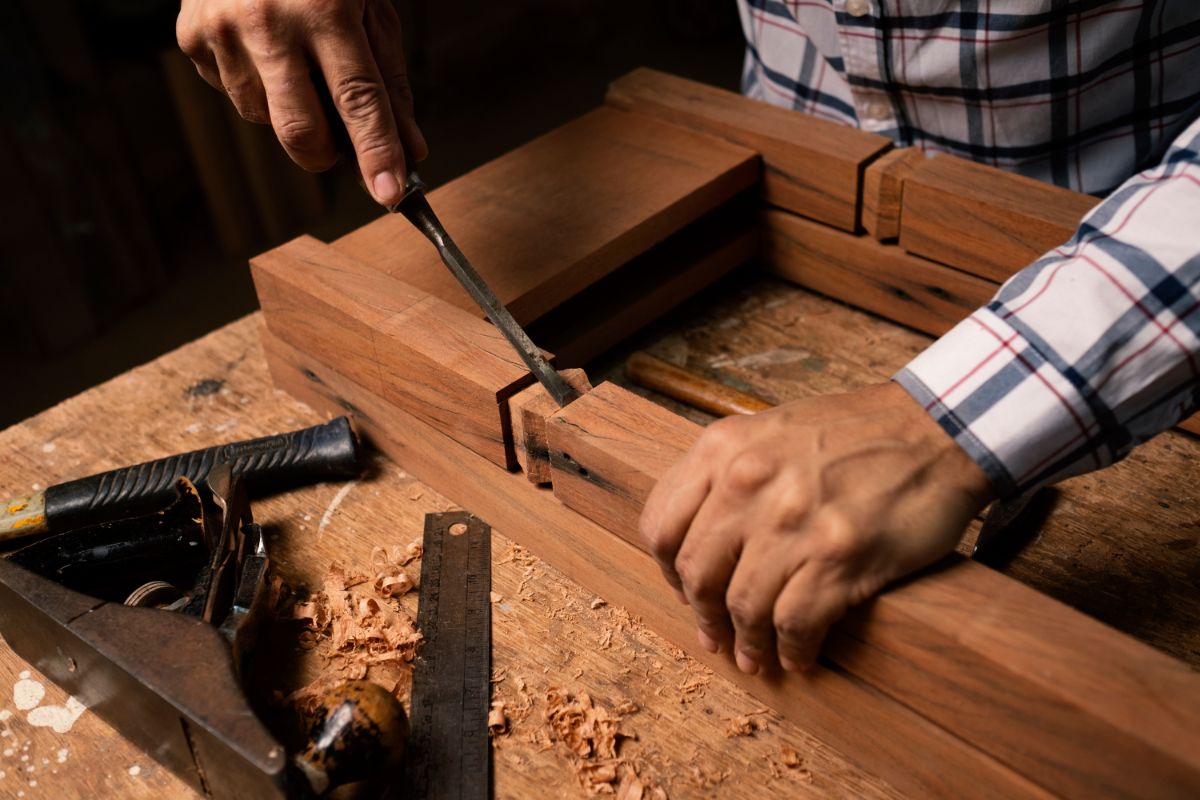
Woodworking is a fantastic activity for fostering one’s creative side, whether the end goal is to construct straightforward tasks or elaborate pieces of furniture.
In this article post, we will discuss the fundamentals of woodworking and provide some pointers and instruments that are essential for beginners to be familiar with
. We will make learning how to work with Wood as simple and pleasurable as is humanly feasible, from becoming familiar with the various species of Wood to developing proficient sawing and chopping skills.
We shall also touch on several subjects and essential things to remember when carrying out any tool that requires a tape measure. We will also explore some simple and critical tips to be on your way in no time.
Plan Of Action
When it comes to acquiring new skills, such as woodworking, there is nothing more important than putting in the necessary amount of practice.
If you do so, you will gain the talents more quickly and with less effort than if you hadn’t. In addition, having a plan in place will assist you in maintaining your forward momentum while you are working.
And if things get complicated along the road, don’t worry; there are lots of tips and videos available to assist you in navigating your way through everything!
When it comes to taking precautions for safety, you should always use the necessary tools for the task at hand and dress appropriately; doing so will reduce the likelihood that an accident will occur while carrying out the project.
Always read all the user manuals for tools you intend to use for accurate information regarding your device and task.
Health and safety are always top priorities, and never operate machinery or hardware without the correct and sufficient personal protective equipment.
Drilling
When you are drilling holes for your project, there are a few things you need to keep in mind, including the following:
- Make sure the drill bit you’re using is the same size as the dowel you’re working with. This will help verify that the hole is centered and spherical and has no jagged or splintered edges.
- Use a belt sander to smooth away any rough edges if the hole does not quite match up with the edge of the dowel.
- Do this before drilling again so that there are no spaces between the pieces of Wood that are being worked on.
– Again, take care not to drill at too high of a speed; modest drilling speeds cause less harm to the Wood and keep it from cracking along the grain.
Correct Cutting Tool
While working with Wood, you must ensure you utilize the appropriate tools and cutting strategies. Before you start sawing or sanding the Wood, you must be confident that it has the proper breadth and thickness.
Having a knife that is in good condition will make the operation much more straightforward, and maintaining control of your hands will prevent any errors from occurring.
When sanding, exercise extreme caution because different kinds of sandpaper might leave behind scratches that won’t always be visible until much later.
Always start with a test in a small area to determine whether or not the finish you want can be achieved with the type of sandpaper you are using before moving on to the rest of the project.
Understanding Wood
Woodworking is an excellent hobby that almost anyone can take part in and enjoy, provided they have access to the right tools and have a basic understanding of how woodworking is done.
This article will discuss the many different types of wood, techniques for joinery, sawing and cutting wood, and safety considerations to take when working with wood.
Correct Screw Selection
When working with Wood, selecting the appropriate screws is of the utmost importance. When you are first starting, it is essential to choose screws that are sufficiently long so that they may penetrate the Wood completely without becoming stripped.
Before utilizing screws, it is necessary to examine them to determine whether or not they have rusted; doing so will assist in preventing further issues.
Before inserting the screw, ensure that a pilot hole has been prepared beforehand so that it does not cause the Wood to crack or get damaged.
Sanding
The process of working with Wood is not complete without the sanding stage. Incorrect execution of this process might result in scratches and other damage to the surface of the Wood. If you want your results to be perfect every time, follow these tips:
- Maintain a steady pace and pressure when sanding your Wood, or you may leave scratches on it.
- When sanding, always use protective eyewear and a dust mask because inhaling significant volumes of wood dust can be harmful to your health.
- Sanding Wood is an extremely important stage in preparing it for finishing because it smooths the surface and removes any defects.
- Always use sandpaper with a grain that corresponds to the polish you want to achieve. This will ensure that there are no lumps or irregularities in the end product.
Mortise & Tenon
A mortise and tenon joint is a form of joint that is used in woodworking. It is created by inserting a dowel or post into the end grain of one board, cutting it to the desired length, and then chiseling away the excess material.
First and foremost, ensure that the working area is tidy. Sanding will result in more dust and filth being produced than is required if you begin the process before your job is finished in its entirety.
Make sure you measure twice but only cut once. Be sure to measure your dowels and posts accurately so that you can steer clear of any unpleasant surprises during the building process; even little deviations can result in issues further down the road.
Instead of using tools to fit the joint, you should do it by hand; this will assure accuracy and prevent any damage to the boards, the dowel, or the post.
Use clamps as necessary, but avoid using them too frequently; over time, they might cause your woodwork to become less sturdy.
Work smarter, not harder, and you’ll reduce the amount of stress placed on both yourself and the project you’re working on. You can save time (and frustration!) by following these basic guidelines for woodworking.
Dovetail Joints
Are you seeking a woodworking project that will be easy and serve a useful purpose? In that case, dovetail joints can be the best option for you.
Because they enable a solid union to be created between two pieces of Wood, these sorts of joints are one of the most popular and essential procedures utilized in woodworking.
You may use a few different tools to build these, but a Sawzall, router, or jigsaw (Also check out The Major Differences Between Jigsaws And Bandsaws) will all produce satisfactory results.
However, to ensure that the final product you create is faultless and uniform in appearance every time, it is essential to apply the appropriate cutting technique.
If you want consistent and reliable outcomes, you must follow the layout diagram that has been provided very closely.
Painting & Finishing
When working on wood projects, it’s crucial to remember that while painting and finishing them can be a joyful and satisfying experience, it’s also important not to overdo it.
For the finished product to look beautiful from all sides, paint or finish should be applied consistently, following the grain of the Wood. Take your time and make sure the Wood is completely dry before you begin any painting or finishing work on it.
Use a sealant to protect the Wood against the damaging effects of moisture (such as that caused by rain, snow, or other precipitation) and UV rays.
Taking Measures

The size and shape of a cake, the width and depth of a tablecloth, or the height and length of a rug all require precise measurements. It is essential to take exact measurements to steer clear of complications in the future.
For those of you who are building something for the first time, you should check that all of the proportions are accurate before you begin.
Sanding should also be considered as it will help your project apple router. And keep it organized and well-kept once it is finished.
In the end, you need to ensure that all of your cuts are clean so that there is no connection between the various components of your workpiece. A well-made piece will be seamless from the very top to the bottom!
Marking
Marks are one of the essential tools in woodworking, and if you want to avoid making mistakes when using them, there is a great deal of information you need to know about them.
Please keep the following four considerations in mind: Make sure your saw’s blade is oriented correctly before you begin cutting, and use a saw with accurate markings on it.
You should always take safety precautions when dealing with Wood, such as protecting your hands and eyes with gloves and goggles, etc.
To get started more quickly and increase their accuracy over time, beginners should begin by marking their Wood with a line or grid at the beginning of their project.
Using several markers can help more experienced woodworkers improve their precision and output in a shorter amount of time.
Cutting
If you don’t know what you’re doing, cutting Wood can be a laborious and time-consuming activity. Ensure that the Wood is clamped correctly before beginning the cutting process.
This will prevent the Wood from shifting during the cutting process, resulting in flaws in the final product. Also, when cutting, take your time because even the smallest of errors might result in uneven cuts and faults.
Always use the appropriate size saw for the job when you are sawing Wood; doing so will lessen the likelihood that the Wood will become damaged or split.
And as a final piece of advice, when working with power tools, it is imperative that you always wear protective gear such as a safety helmet and goggles.
Correctly Drive Nails
The process of nailing in woodworking is a vital component of the whole procedure, and it is critical to use the appropriate tools for the job.
When working with hardwood, it is sometimes easier to use a screwdriver to drive nails into the Wood, whereas hammering nails into softwood might be challenging. It is essential to go the pin all the way through.
For the finished product to look beautiful from all sides, painted of Wood without overdriving it to prevent the Wood from cracking a position, you may apply pressure by hammering on top of everything to secure it.
Tool Understanding
The art of woodworking makes for a satisfying hobby that can be appreciated equally by novices and seasoned professionals alike. Before getting started, it is vital to have a foundational understanding of the fundamentals.
Therefore, make sure to read this guide thoroughly. Make sure you are familiar with the fundamental carpentry tools before beginning the cutting and drilling process.
These tools include a square saw, a jigsaw, and a drill. Next, create a blueprint of your project before you begin construction. This will assist you in avoiding any blunders and maintaining the schedule for your project.
And finally, most importantly, enjoy yourself! If you enjoy woodworking just as much as we do, be sure to share your efforts with us on social media so that others can also take pleasure in them.
Taking Precise Measurements Of Anything
Woodworking hobbies may be enjoyable for anyone, regardless of their prior experience or degree of competence. However, beginner woodworkers need to acquire a few fundamental skills to get the most out of the project and enjoy working with Wood.
First, take precise measurements of the dimensions of your project using a ruler and a tape measure. Next, get an education in carpentry fundamentals, such as how to measure and cut Wood precisely.
When you’ve mastered the fundamentals, it’s time to move on to more advanced woodworking topics, such as specific projects and strategies for producing high-quality products.
For those just starting in woodworking, learning skills like cutting and shaping Wood, adding woodworking joints, and completing a project are all essential talents. You’ll be able to do woodworking like a pro in no time if you put in a little effort and get some instruction.
Scribing
Scribing is an essential skill if you are starting in woodworking. The act of marking the surface of a board with a straightedge is what’s meant to be referred to by this term.
After completing your cuts, you will need to ensure they are perfectly aligned by using the saw blade and the straightedge as guides. The process of scribing is an essential step in a wide variety of woodworking projects, particularly when it comes to the cutting of profiles or dados.
To create a scribe, set the saw blade on your saw to its widest setting and cut into the very shallow board. Take care not to overshoot, as this may result in the removal of an excessive amount of material from the board, leading to crooked joints.
Lumber
When dealing with Wood, having a solid foundation is necessary. For this reason, we will teach you the fundamentals of woodworking, specifically, the different types of lumber and their measurements.
First, the dimensions of the lumber are measured in inches and then divided into increments of 2 inches. Next, you need to understand the many types of Wood and the characteristics unique to each kind of Wood.
For instance, woodworking operations typically require oak wood because oak is the species most commonly used for woodworking.
However, oak wood is not the only type of Wood that can be used for projects involving woodworking; for instance, you can also use the Wood from the cherry tree in your projects.
Consequently, if you are unsure about which species of Wood to select for your project, you should choose the woodworking species that is best suited for the task at hand.
Last but not least, it is essential to understand that the dimensions of woodworking projects are typically described in feet and inches rather than square footage.
To convert the feet and inches measured of a project into square footage, divide the feet and inches by 12, as shown in the previous example. Finally,
A Quick Blade-Height Gauge
The art of woodworking makes for an enjoyable hobby, and those just starting in the field would do well to familiarise themselves with the fundamentals of the craft.
A fast blade-height gauge is one of the most crucial types of equipment that a newbie woodworker can have in their collection.
Therefore makes it easy for you to determine the depth of cuts that will need to be made, but it also comes in handy when measuring boards. When you’ve mastered the fundamentals, it’s time to move on to more complex methods such as chiseling and tenoning.
Before using the gauge, check to see that the blades have been sharpened, and before collecting measures, ensure that you are holding the indicator at a 45-degree angle.
When it comes to woodworking, having a fast blade-height meter on hand is an excellent tool, and it will assist you in avoiding making mistakes while you are working with Wood.
Circular Layout
Woodworking is a hobby that can be enjoyable for anyone, regardless of their prior experience or degree of expertise. However, to get off to a good start, it is necessary to have a firm grasp of the fundamentals.
This is where the tool for creating simple circle layouts comes into play. This convenient tool may make primary forms such as circles and rectangles, among other things.
As soon as you get the hang of it, you’ll be able to advance to more complex tasks, such as carving curves in Wood. If you are prepared to begin working with Wood, you should first read through our beginner’s guide to learn the fundamentals.
Simple Calculation Of Irregular Widths
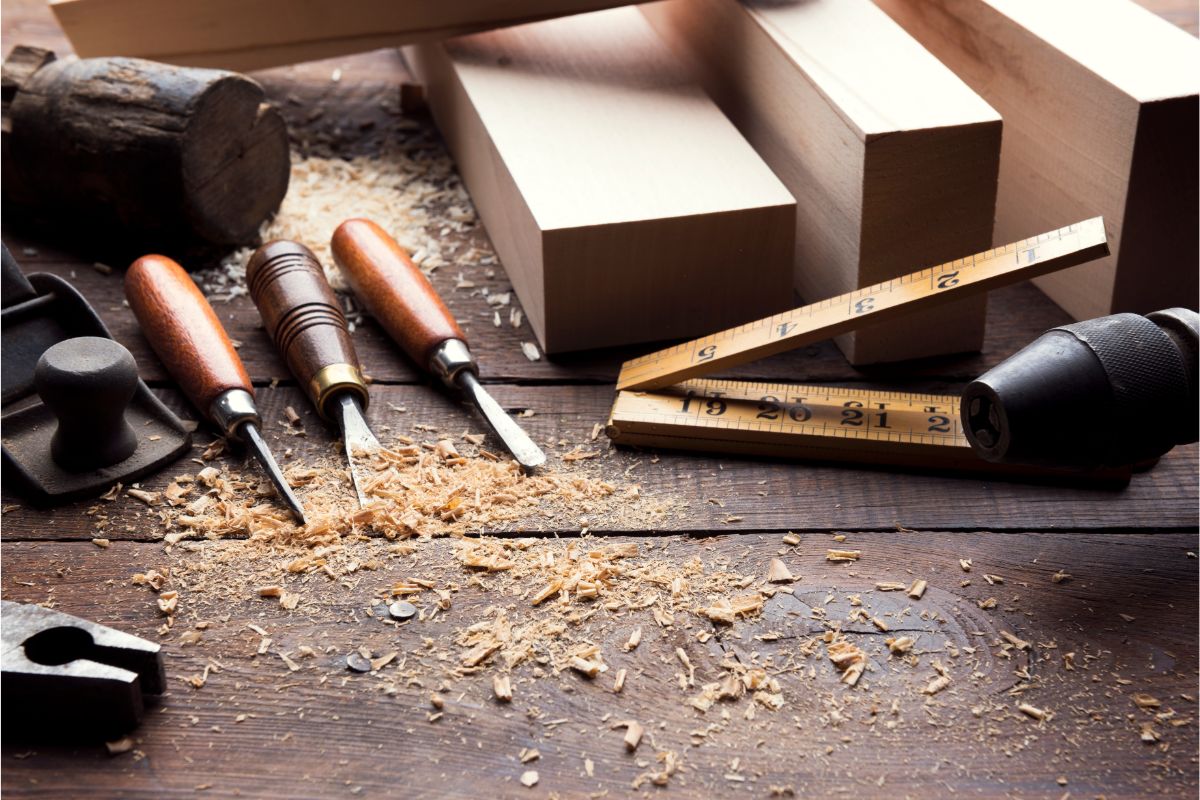
Anyone might benefit from woodworking as a hobby, and getting started isn’t as challenging as one might think. This book for beginners will cover the fundamentals of woodworking, including joinery and dimensions, among other topics.
We will walk you through the required procedures to get your project started, and by the time we are done, you will be able to construct simple projects easily.
To begin with, you should try to avoid measuring by sight and instead opt for simple odd-width measurements such as two feet, four feet, six feet, etc.
You won’t need to worry about fractions if you use these numbers as a guide while cutting the pieces of Wood you need for your project. As you get more experience, you’ll be able to take on increasingly tricky woodworking projects.
But to get started, ensure the fundamentals are clear and straightforward, and then expand from there.
Flag Camp
Woodworking is a hobby that, if you aren’t familiar with the principles, can be an enjoyable and gratifying activity; on the other hand, it can also be difficult and time-consuming.
In this particular circumstance, what you require is a transportation flag clamp. Utilizing this specific equipment makes it quick and easy to relocate vital components all over the working environment.
While you are working on your projects, it is also an excellent tool for securing boards and other pieces of timber in place.
If you want to grow better at carpentry, one of the best investments you can make is a suitable transportation flag clamp, which will make the procedure much less complicated. Check out the links below if you want to learn more about this topic.
Pocket-Size Glue Spreaders
Glue is an essential component of every woodworking job, and a glue spreader that fits in your pocket makes it simple to apply the appropriate amount of adhesive.
Since of their compact size, these tools are ideal for performing detailed work or sensitive tasks because they can access difficult-to-reach areas. In addition, they come with a range of tips that make it simpler to regulate the amount of glue that flows onto the surface of your product.
A glue spreader that fits in your pocket is the perfect tool for someone starting in woodworking because it makes the process simple and quick. So what are you waiting for? Get one of these incredible tools, and start working with Wood immediately.
Extra Hands
Crafting things out of Wood is a satisfying activity that can be enjoyed by people of all ages and skill levels. However, to be a thriving woodworker, you need to have a solid foundation in the craft.
That’s where this tutorial comes in. The fundamentals of cutting sheet products, including the many cuts that may be made with a hand saw, will be covered in this article for your education.
In addition, we will go over the significance of maintaining your saw blade in good shape and the proper way to sharpen it so that you get the most out of it.
Finally, to get you started on your adventure into this intriguing and gratifying pastime, we will offer you a tutorial that covers the fundamentals of woodworking.
Poor Man’s Jointer
If you are starting in the world of woodworking, you are in for a real treat. Because it is straightforward and doesn’t call for much expensive equipment, a “poor man’s jointer” is an excellent tool for novice woodworkers to begin with.
Because it can be used to square, rip, and cross-cut lumber, it is versatile and can be applied to various tasks. In addition, the capacity of this jointer is up to 12 inches wide and 24 inches long, allowing you to manage larger pieces of Wood comfortably.
Therefore, do not put off beginning your woodworking career any longer; instead, go out and purchase a bench for beginners right away.
Conclusion
We will go through the essentials of the tools and techniques that every novice to the discipline of woodworking ought to be familiar with. This will be an introduction to woodworking for beginners, so sit back and get comfortable.
When supporting, cutting, or carrying more substantial amounts of material, an additional set of hands is usually the most effective way to do so. Never make the unhealthy and unsafe endeavour of carrying or moving anything over the standard.
Always keep this in mind while you are cutting materials or anything else. Always measure twice before cutting once.
One of the most common problems, which also happens to be one of the most easily disregarded, is that the tape measure is not being read or used correctly. There is a possibility that some people have a limited comprehension of how to read a measuring tape.
Another typical challenge for novices is properly driving nails into the wood. It could look like a simple matter of hammering the nail into place to complete the operation.
However, this presumption is not correct. It is necessary to properly drive a nail or screw into the material using either a hammer or a drill if you want your repair to be solid and reliable.
This guide will provide you with all the information necessary to get started with woodworking, including instructions on cutting sheet goods and guidance on working with solid wood.
Make sure you save this page so you may return to it in the future when you need different helpful woodworking ideas and advice. Many thanks for taking the time to read this!
- The Woodworkers Guide to Brad Nailers: Everything You Need to Know - September 25, 2023
- How To DIY An Aztec Garden Dining Table [The Easy Way] - October 18, 2022
- Farrow & Ball Pigeon: Is It Right For Your Home? - October 17, 2022



